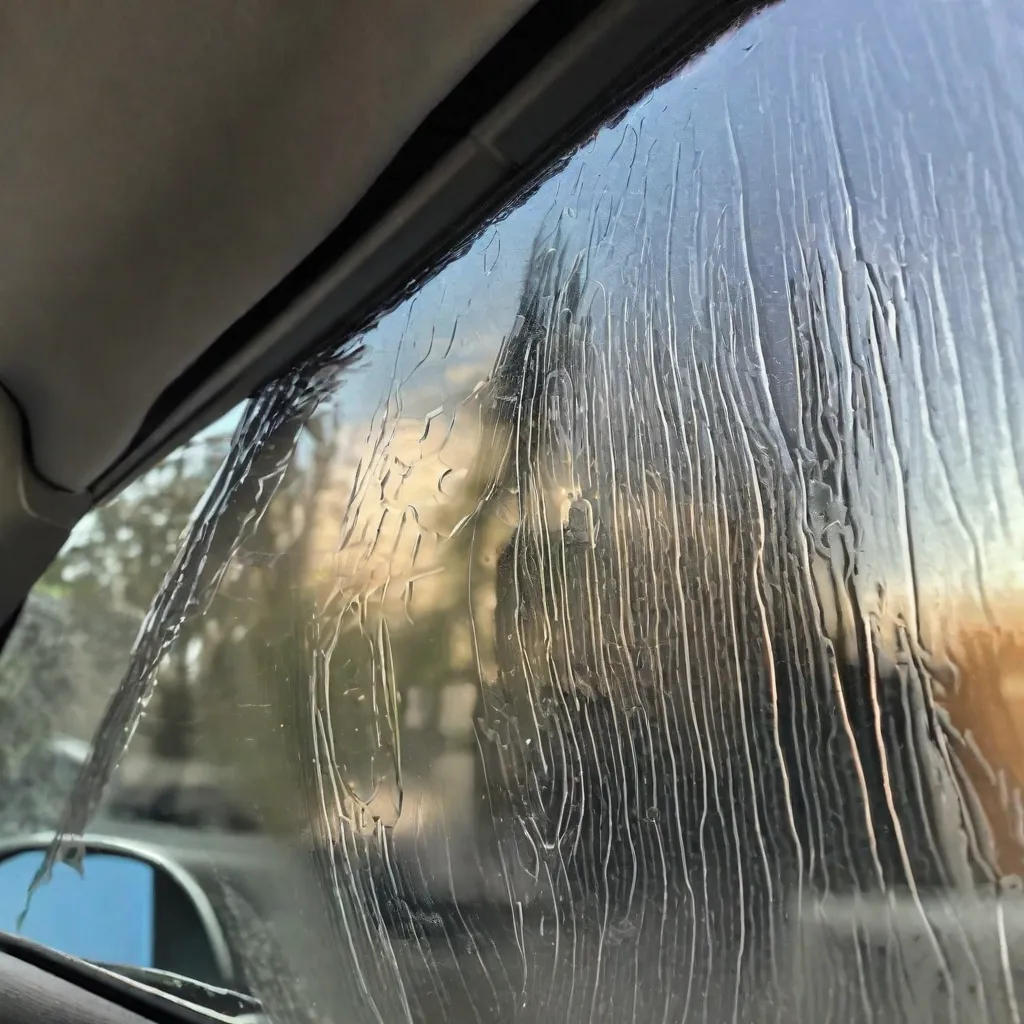Table of Contents
Having your car windows tinted can provide numerous benefits, such as improved privacy, reduced glare, and protection from harmful UV rays. However, one common issue that car owners face is the peeling of the tint film. This can be frustrating and diminish the overall appearance of your vehicle. In this article, we will explore the causes of tint peeling and provide you with effective solutions to prevent it.

1 Understanding the Causes of Car Window Tint Peeling
Before we delve into the solutions, it’s important to understand why car tint may start peeling in the first place. Here are some common causes:
- Low-Quality Tint Film: The quality of the tint film used plays a significant role in its longevity. Inferior or cheap tint films may not adhere properly to the windows, leading to premature peeling. It is crucial to invest in high-quality tint film from reputable manufacturers. These films are specifically designed to provide better adhesion, durability, and resistance to peeling.
- Inadequate Installation: Improper installation techniques, such as not cleaning the windows thoroughly or failing to remove air bubbles, can jeopardize the adhesion of the tint film. It is essential to hire a skilled and experienced professional to install your car tint. They have the expertise to ensure proper cleaning, preparation, and application techniques, minimizing the risk of peeling.
- Excessive Heat and Sun Exposure: Prolonged exposure to intense sunlight and high temperatures can cause the adhesive that holds the tint film to deteriorate, resulting in peeling. Whenever possible, park your car in shaded areas or use sunshades to reduce direct sunlight and heat exposure. By avoiding excessive heat, you can significantly reduce the chances of tint peeling.
- Improper Cleaning Methods: Using harsh chemicals or abrasive materials when cleaning your tinted windows can damage the film and lead to peeling. To maintain the integrity of your tint film, clean the windows regularly using gentle methods. Avoid using harsh chemicals, abrasive materials, or sharp objects that could scratch or damage the tint. Gentle cleaning will help prolong the life of the tint.
- Age and Wear: Over time, even with proper care, tint films can deteriorate due to natural wear and tear, causing them to peel. While aging is inevitable, following the preventive measures mentioned below can help slow down the deterioration of the tint film.
Now that we have identified the causes, let’s move on to the solutions to prevent car tint from peeling.
2 Effective Solutions to Prevent Car Window Tint Peeling
- Choose High-Quality Tint Film: Investing in high-quality tint film from reputable manufacturers is crucial. These films are designed to provide better adhesion, durability, and resistance to peeling. High-quality tint films not only last longer but also enhance the overall appearance of your car.
- Look for tint films that come with a warranty. This ensures that you can get a replacement or repair if the film peels prematurely.
- Research and choose tint films that have positive customer reviews and ratings. This gives you an idea of the film’s performance and durability.
- Professional Installation: Hiring a skilled and experienced professional to install your car tint is essential. They have the expertise to ensure proper cleaning, preparation, and application techniques, minimizing the risk of peeling.
- Ask for recommendations from friends, family, or car enthusiasts to find a reputable tint installer.
- Check the installer’s portfolio or ask for references to assess their previous work and customer satisfaction.
- Inquire about the installation process and the materials they use to ensure that they follow industry standards.
- Avoid Excessive Heat Exposure: Whenever possible, park your car in shaded areas or use sunshades to reduce direct sunlight and heat exposure. Excessive heat can accelerate the deterioration of the adhesive and increase the chances of tint peeling.
- Consider installing window visors or tinted sunshades to further protect your car’s interior from heat and sunlight.
- If parking in a shaded area is not an option, use a reflective windshield sunshade to minimize heat buildup inside the car.
- Regular and Gentle Cleaning: To maintain the integrity of your tint film, clean the windows regularly using gentle methods. Avoid using harsh chemicals, abrasive materials, or sharp objects that could scratch or damage the tint.
- Use a soft microfiber cloth or a non-abrasive sponge to clean the windows.
- Opt for tint-safe cleaning solutions or a mixture of mild soap and water to remove dirt and grime.
- Gently wipe the windows in a straight motion instead of scrubbing vigorously.
- Apply a Protective Film: Consider applying a clear protective film over your car tint. This film acts as an additional layer of protection, shielding the tint from potential damage and prolonging its lifespan.
- Research and choose a high-quality protective film that is compatible with your tint film.
- Follow the manufacturer’s instructions to ensure proper installation of the protective film.
- Regularly inspect and replace the protective film if it becomes damaged or worn out.
- Inspect and Address Issues Promptly: Regularly inspect your tinted windows for any signs of peeling, bubbling, or discoloration. If you notice any issues, address them promptly by contacting a professional tint installer for proper assessment and necessary repairs.
- Schedule regular check-ups with your tint installer to ensure the tint film is in good condition.
- If you notice any problems, such as bubbles or peeling, contact the installer immediately for expert advice and repairs.
- Ignoring small issues can lead to more significant problems and costly repairs in the future.
- Follow Manufacturer’s Instructions: Always follow the manufacturer’s guidelines regarding care and maintenance of your specific tint film. This will ensure that you are taking the necessary steps to prevent peeling and prolong the life of the tint.
- Read and understand the manufacturer’s instructions that come with the tint film.
- Follow the recommended cleaning methods, temperature limits, and maintenance schedules.
- If in doubt, contact the manufacturer directly for clarification or additional information.
By implementing these solutions and taking proactive measures, you can significantly reduce the chances of tint peeling and maintain the aesthetic appeal and functionality of your car’s tinted windows.

3 Conclusion
Peeling car window tint can be an unsightly and frustrating issue to deal with. However, by understanding the causes and following the preventive solutions provided in this article, you can minimize the risk of tint peeling. Remember to invest in high-quality tint film, opt for professional installation, protect your tint from excessive heat and sun exposure, clean your windows gently, and address any issues promptly. By doing so, you can enjoy the benefits of tinted windows for years to come while maintaining their pristine appearance.
4 FAQ
Q: What are the common causes of car tint peeling?
A: The common causes of car tint peeling include low-quality tint film, inadequate installation, excessive heat and sun exposure, improper cleaning methods, and age and wear.
Q: How can I prevent car tint peeling?
A: To prevent car tint peeling, you can choose high-quality tint film, opt for professional installation, avoid excessive heat exposure, clean the windows regularly using gentle methods, apply a protective film, inspect and address issues promptly, and follow the manufacturer’s instructions.
Q: What should I look for in high-quality tint film?
A: When choosing high-quality tint film, look for films that come with a warranty, have positive customer reviews and ratings, and are designed for better adhesion, durability, and resistance to peeling.
Q: How can I clean my tinted windows without damaging the film?
A: To clean tinted windows without damaging the film, use a soft microfiber cloth or a non-abrasive sponge, opt for tint-safe cleaning solutions or mild soap and water, and gently wipe the windows in a straight motion instead of scrubbing vigorously.












